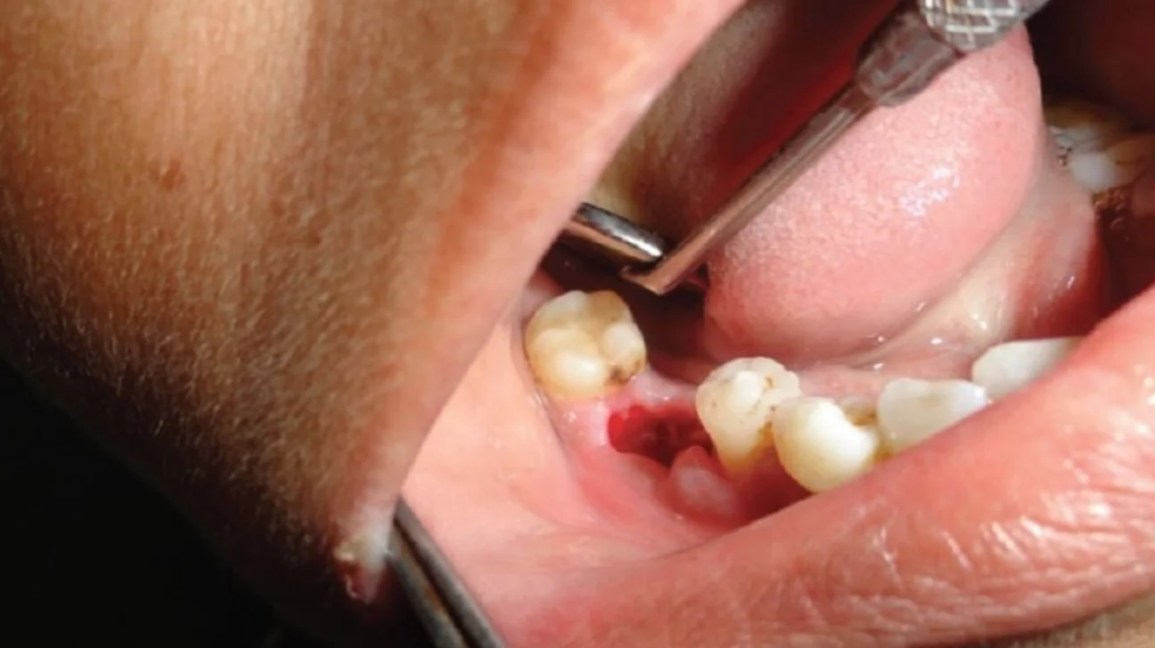Dry Socket Demystified: What It Is, Why It Happens, and How to Prevent It
Learn what dry socket is, why it occurs after tooth extraction, and how to prevent it with simple, effective aftercare to ensure proper healing.
Dry Socket: Causes, Symptoms, and How to Prevent It
If you've ever had a tooth extracted, especially a wisdom tooth, you've probably heard your dentist warn about something called a dry socket. Though not common, it's a painful complication that can occur after a tooth extraction. But what exactly is a dry socket, and how can you avoid it?
What Is a Dry Socket?
A dry socket, or alveolar osteitis, happens when the blood clot that normally forms at the site of a tooth extraction either dissolves or becomes dislodged before the wound has a chance to heal. That blood clot acts as a protective barrier over the underlying bone and nerve endings in the socket.
Without it, the bone and nerves are exposed to air, food, and fluids — leading to intense pain and delayed healing.
Symptoms of Dry Socket
Dry socket usually becomes noticeable 2–5 days after a tooth extraction. The main signs include:
Severe pain at the extraction site that radiates to the ear, jaw, or temple.
Visible bone in the socket.
Foul odor or bad taste in the mouth.
Delayed healing or increasing pain after initial improvement.
It’s important to contact your dentist or oral surgeon if you suspect a dry socket — it won’t go away on its own.
What Causes a Dry Socket?
Several factors can increase the risk of developing a dry socket:
Smoking or vaping: Nicotine reduces blood supply and the suction can dislodge the clot.
Using straws or spitting forcefully: This creates suction that can pull out the clot.
Poor oral hygiene: Increases the risk of infection at the extraction site.
Oral contraceptives: Higher estrogen levels can interfere with healing.
Previous dry socket history: If you’ve had it before, you’re more prone to get it again.
How Is Dry Socket Treated?
While dry socket can be very painful, it is treatable. Your dentist may:
Clean the socket to remove debris.
Apply a medicated dressing to soothe pain and protect the area.
Prescribe pain medication or recommend over-the-counter pain relievers.
Provide instructions for at-home care, including saltwater rinses and avoiding certain foods or activities.
Most dry sockets heal within a week after proper treatment begins.
How to Prevent Dry Socket
Prevention is key, and following your dentist's post-op instructions closely can greatly reduce your risk. Here’s what you should do:
Don’t smoke or vape for at least 72 hours post-extraction.
Avoid straws, spitting, or aggressive rinsing for a few days.
Eat soft foods and avoid crunchy or sticky items.
Keep the area clean, but be gentle. Rinse lightly with salt water if instructed.
Stay hydrated and rest to help your body heal.



